European peacock (Inachis io)
European Peacock (Inachis io)
(syn. Aglais io)
The European Peacock is one of the most recognizable and beautiful butterflies in Europe, famous for its spectacular eyespots and striking coloration. It belongs to the family Nymphalidae, commonly known as the brush-footed butterflies.
🦋 Identification
- Wingspan: 50–60 mm
- Upperside:
- Rich deep red background
- Large, colorful eyespots on each wing — vivid blue, yellow, and black rings resembling large “eyes” to deter predators
- Underside:
- Dark brown to almost black, resembling dead leaves when wings are closed, providing excellent camouflage
The eyespots are its most distinctive feature and serve as a strong defense mechanism by startling or confusing predators.
🌿 Habitat
- Found in a variety of habitats including:
- Woodland clearings
- Meadows
- Gardens and parks
- Roadside verges
- Hedgerows and forest edges
- Adaptable to both lowland and upland environments across its range
🌱 Food Plants
Caterpillar host plants:
- Primarily stinging nettle (Urtica dioica)
- Occasionally on small nettle (Urtica urens) and hop (Humulus lupulus)
Adult nectar sources:
- Thistles, buddleia (butterfly bush), dandelions, willow blossoms, and many garden flowers
🔁 Life Cycle
- Broods: Typically one generation per year in northern regions; sometimes two in southern areas
- Eggs: Laid in large clusters on host plants
- Larvae: Black, spiny caterpillars that live communally on nettles
- Pupation: Occurs in summer; chrysalis hangs from vegetation
- Adults:
- Emerge in late summer
- Overwinter as adults in sheltered places such as hollow trees, sheds, attics, or caves
- Among the first butterflies seen in early spring when they emerge to feed and breed
🌍 Distribution
- Widespread across Europe, including:
- The British Isles
- Scandinavia
- Eastern Europe
- Extending into parts of temperate Asia
🧬 Interesting Facts
- The eyespots may mimic owl eyes or snake heads to scare off birds and small predators.
- One of the few butterflies that hibernates as an adult, often seen flying very early in the year.
- The name “Peacock” references its resemblance to the spectacular tail feathers of the peacock bird.
🛡️ Conservation Status
- IUCN Red List: Least Concern
- Population stable or increasing in many areas, aided by the abundance of nettles and widespread gardening practices.
The European Peacock is a true symbol of spring and summer in Europe, combining brilliant beauty with fascinating defensive adaptations. Its wide distribution and resilience make it one of Europe’s most beloved butterflies.
Visited 55 times, 5 visit(s) today
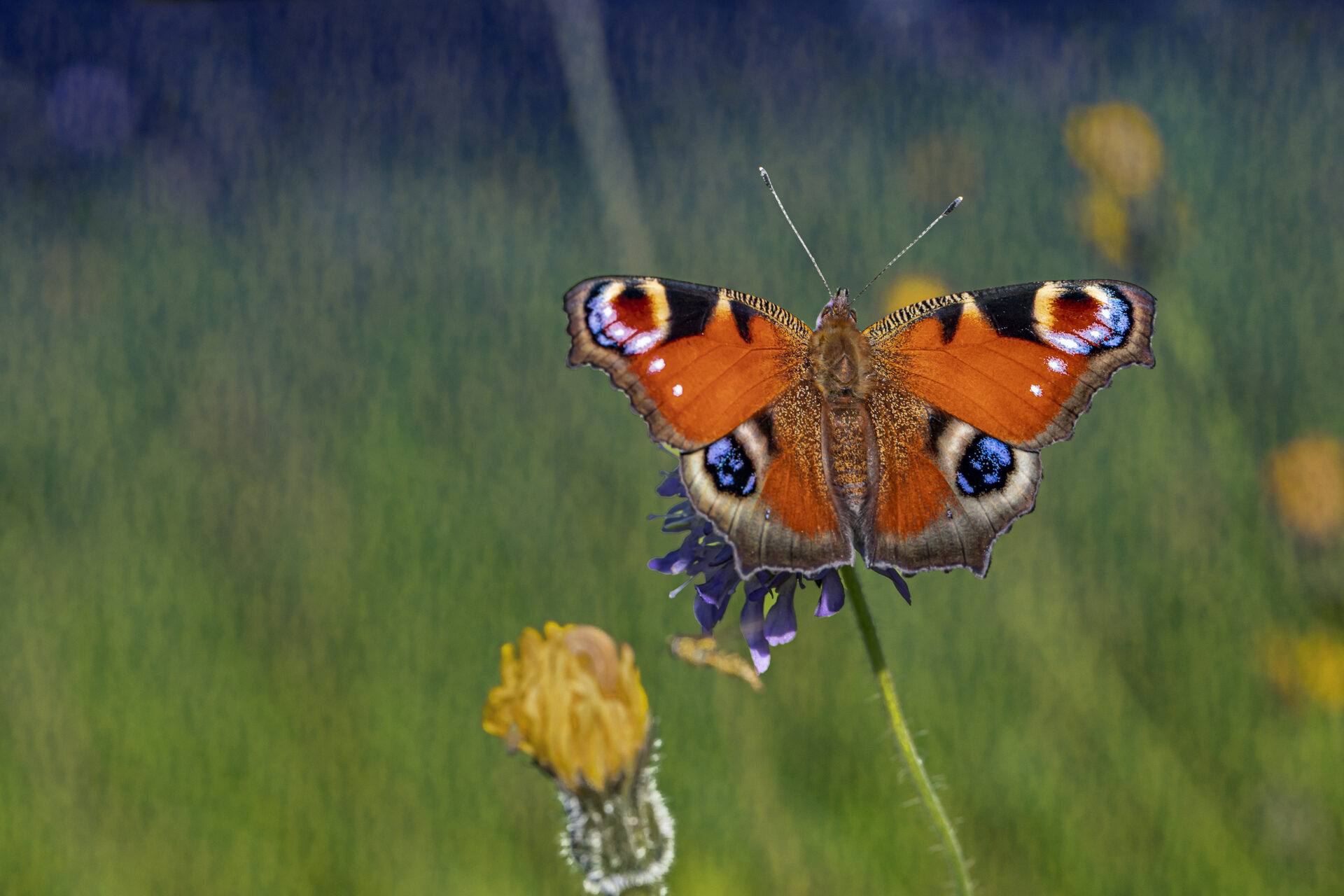
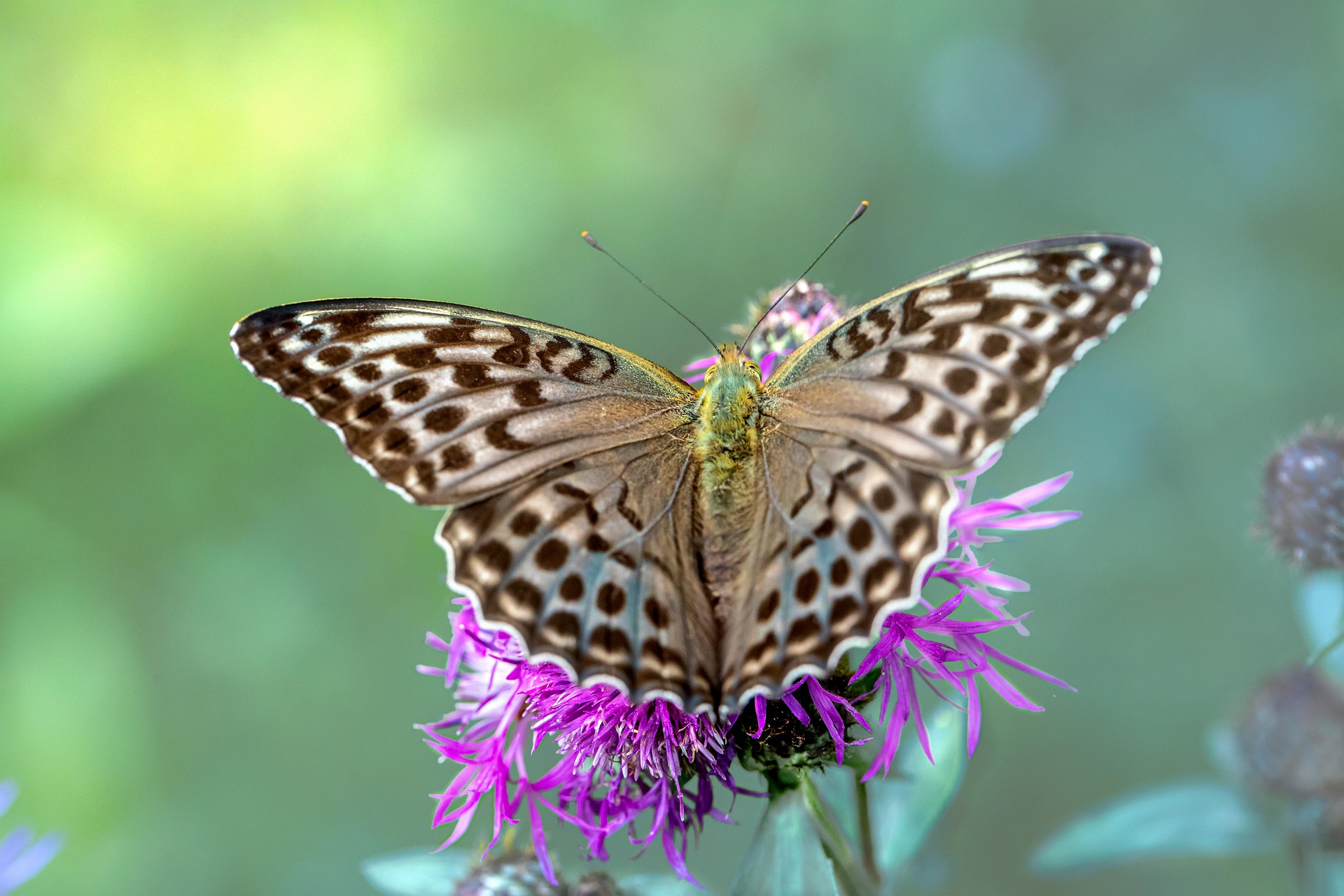

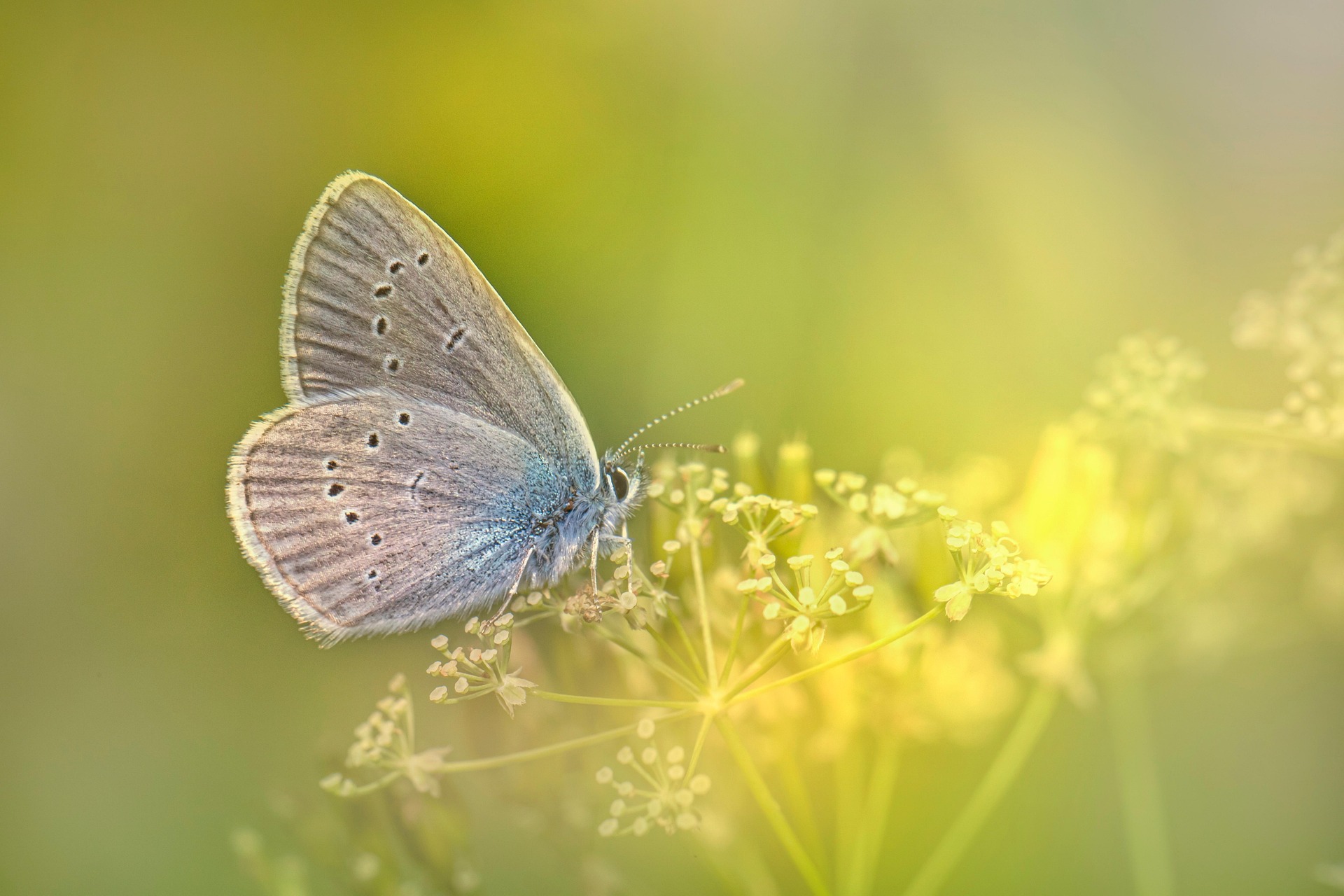
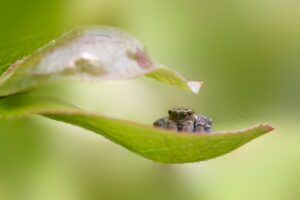
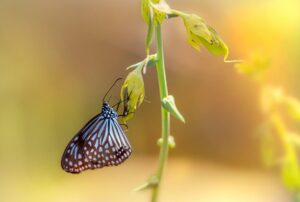
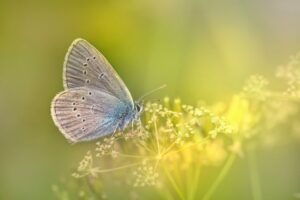
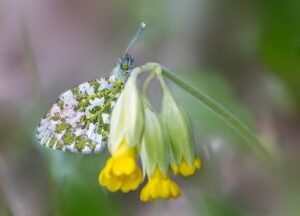
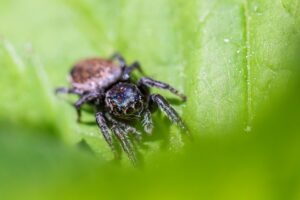
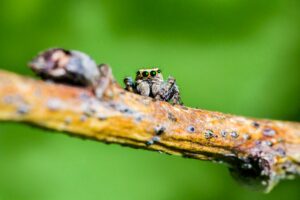
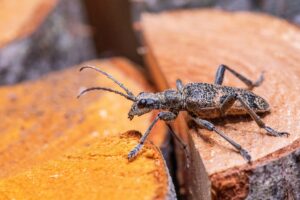
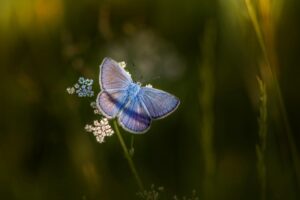
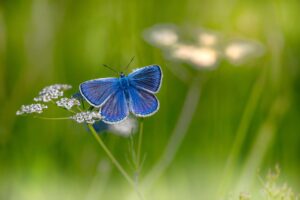
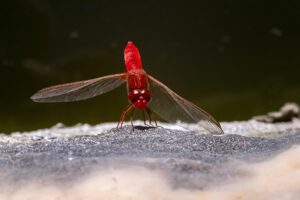
Post Comment